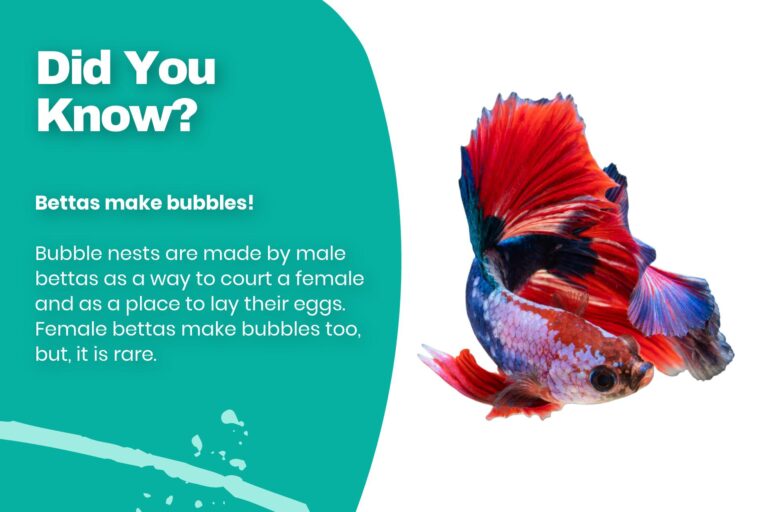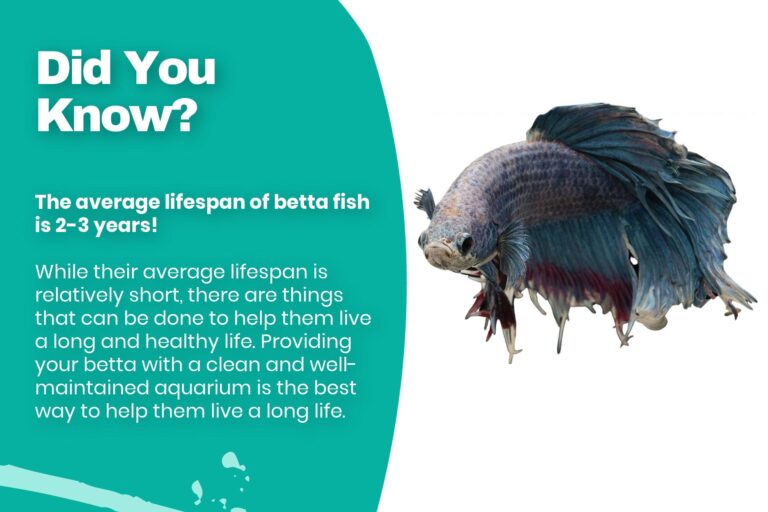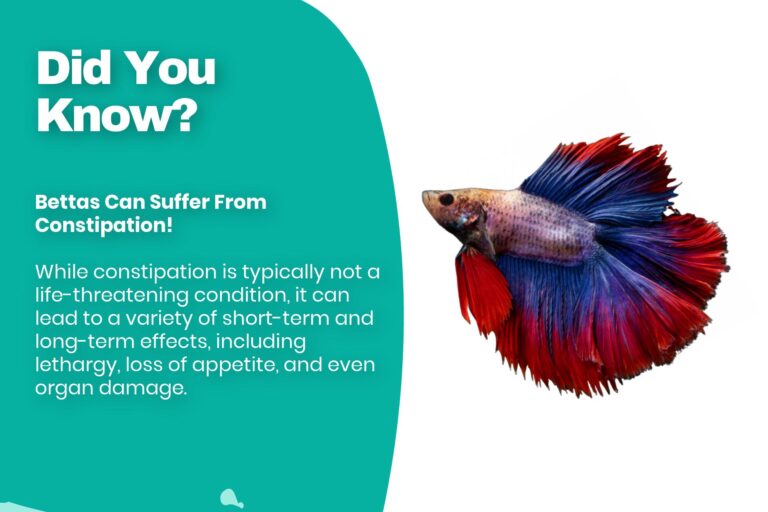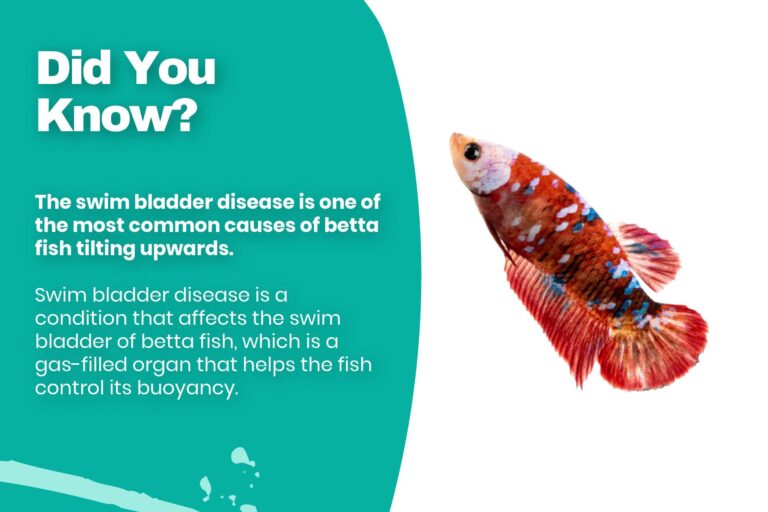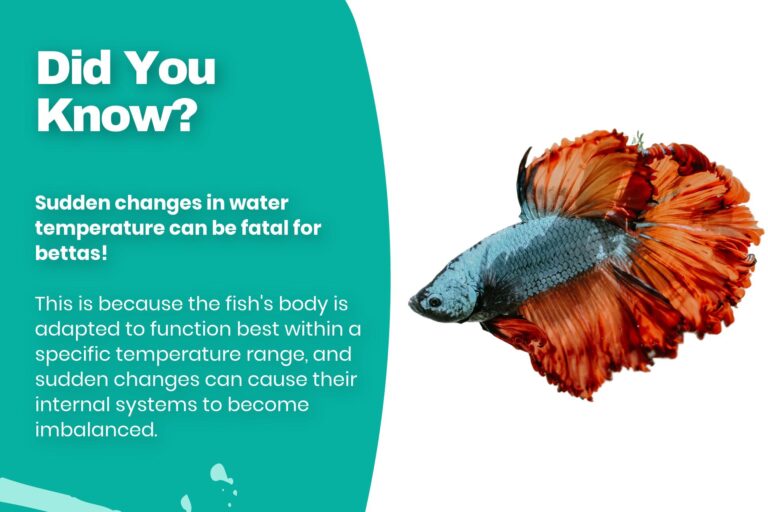7 Best Fish Bettas Can Live With Plus 2 Other Worthy Betta Tank Mates
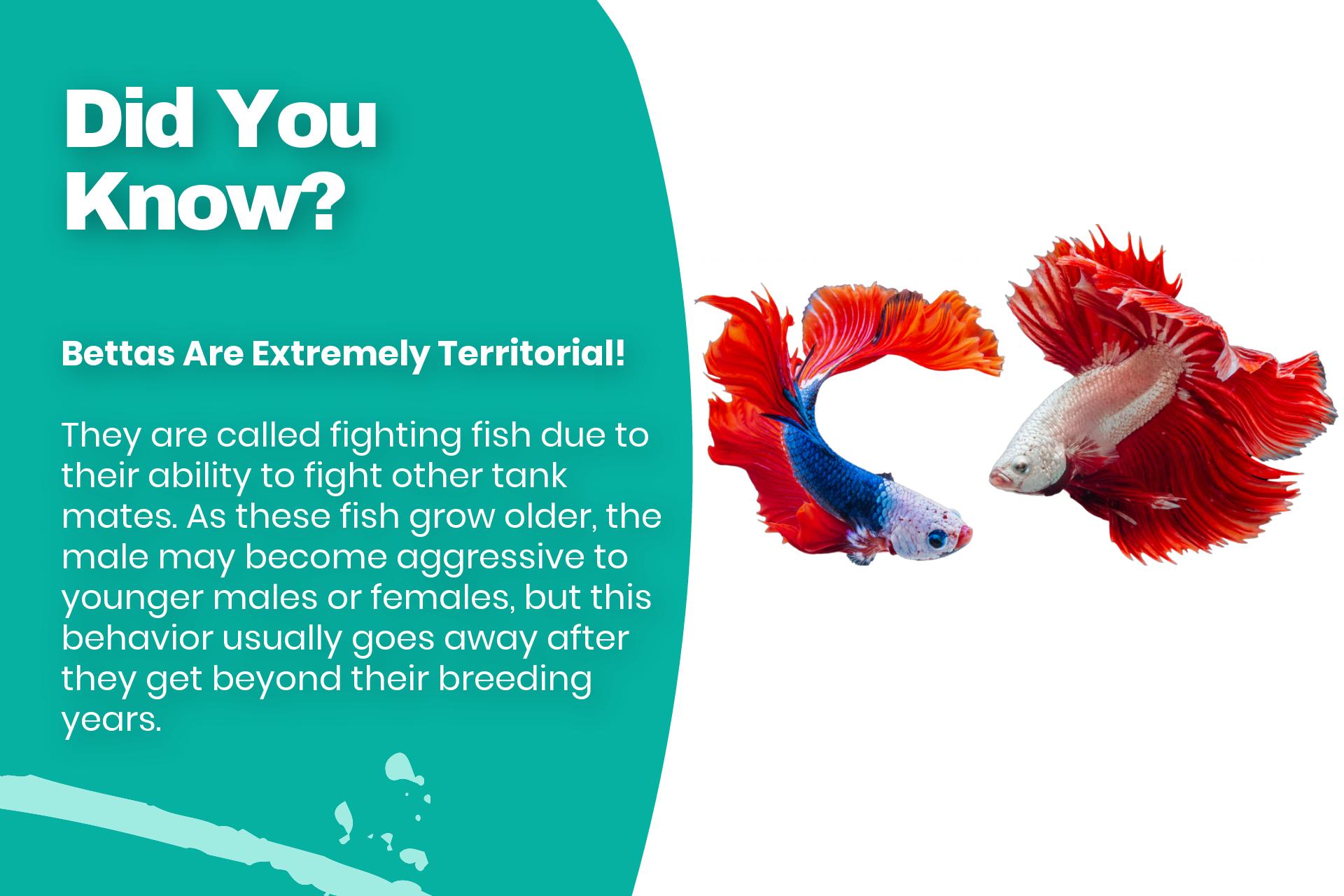
One important factor in betta fish care is choosing the right tank mates.
Finding the perfect betta fish tank mates can be difficult. There are a lot of different factors to consider when trying to find the right fish for your betta.
You need to consider the size of the fish, the temperament of the fish, and the compatibility of the fish. You also need to make sure that the fish you choose will not out compete your betta for food.
While bettas are notoriously territorial, there are a few other fish that can coexist peacefully with them.
Here are the 7 best fish bettas can live with plus 2 other worthy betta tank mates.
Table of Contents
1. Neon Tetras

| Family | Characidae |
| Native | South America |
| Behavior | Active, Peaceful, Schooling |
| Average Length | 4 cm (1.6 inches) |
| Minimum Tank Size | 10-Gallon |
| Recommended Tank Temperature | 70 – 75 degrees Fahrenheit |
Neon Tetras are native to the rivers and streams of South America. They are typically found in Brazil, Colombia, and Peru. In the wild, Neon Tetras live in heavily-forested areas and are typically found near the bottom of the water column. They are a relatively small fish, reaching a size of about 4 cm (1.6 inch). They are brightly colored, with a blue line running along the length of their body and a red or orange belly.
Neon Tetras are a peaceful and hardy fish that make a great addition to a betta fish tank. They are small, so they won’t compete with your betta for food, and their bright colors are a beautiful addition to your aquarium. Neon Tetras are also easy to care for and are very disease resistant.
2. Ember Tetras
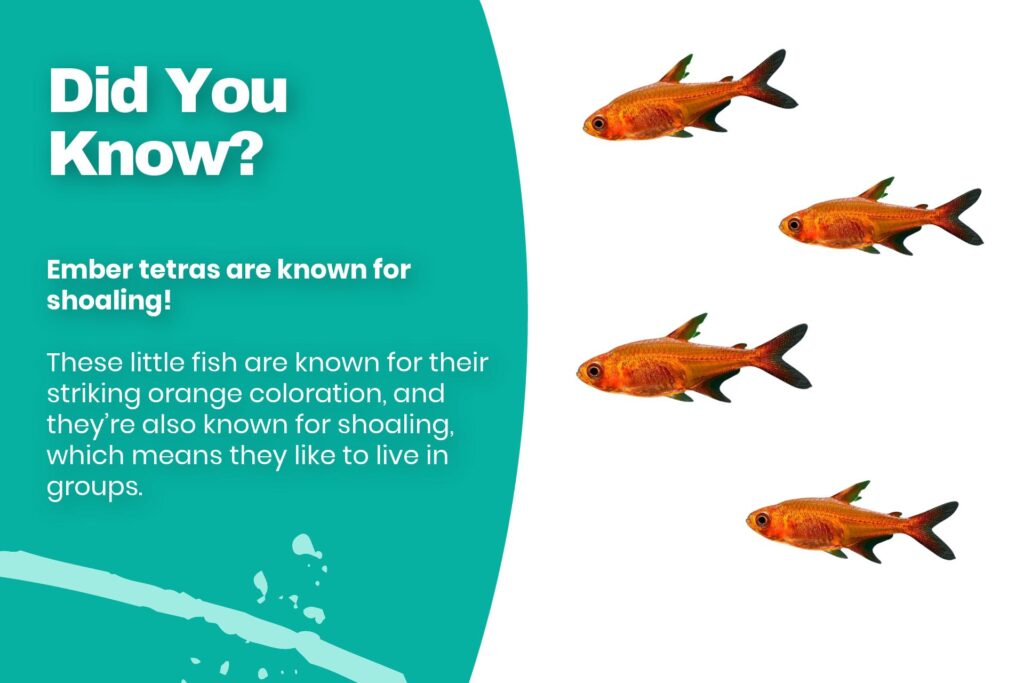
| Family | Characidae |
| Native | South America |
| Behavior | Active, Peaceful, Schooling |
| Average Length | 2.5 cm (1 inch) |
| Minimum Tank Size | 10-Gallon |
| Recommended Tank Temperature | 73 – 83 degrees Fahrenheit |
Ember tetras are a species of freshwater fish native to South America. They are a popular aquarium fish due to their bright red coloration. Ember tetras are relatively small, reaching a length of about 2.5 cm (1 inch). Ember tetras are found in rivers and streams in the countries of Brazil, Colombia, Ecuador, and Peru. They inhabit clear water bodies with a moderate flow. Ember tetras are omnivorous, feeding on small insects, crustaceans, and plant matter. The bright red coloration of ember tetras is the result of a genetic mutation. In the wild, most ember tetras are a duller, orange-red color.
They are a popular choice for aquariums and make good tank mates for betta fish. Ember tetras are peaceful fish that prefer to live in groups. They are very active and are constantly swimming around the tank. Their bright red coloration is very eye-catching and they are often described as being “red like an ember.” Ember tetras are very easy to care for and are a great addition to any aquarium.
3. Harlequin Rasboras
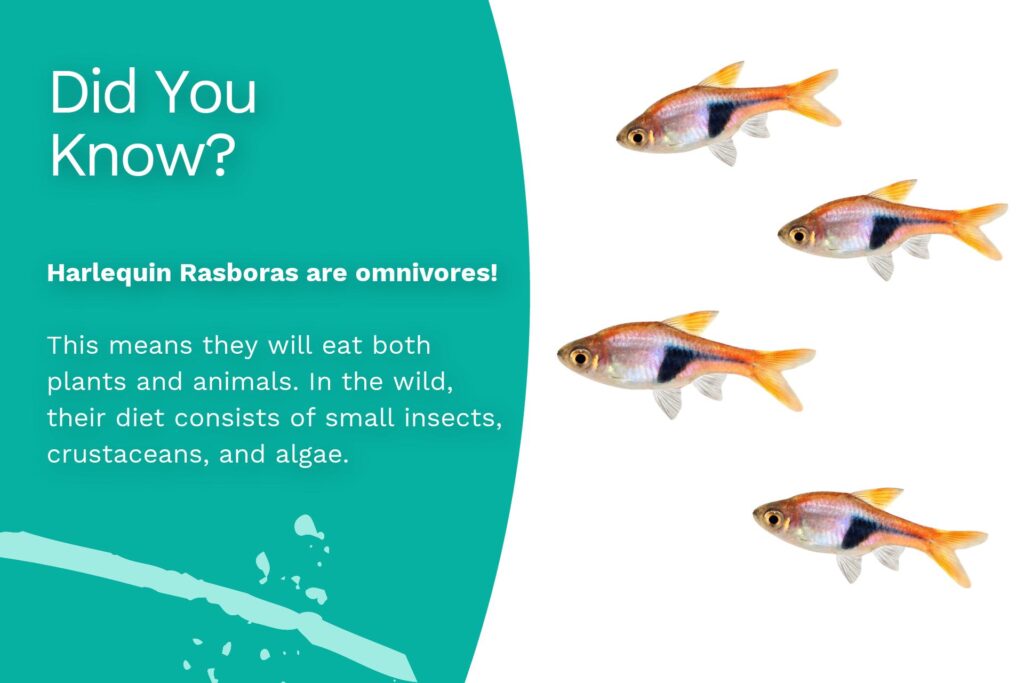
| Family | Cyprinidae |
| Native | Southeast Asia |
| Behavior | Active, Peaceful, Schooling |
| Average Length | 6.4 cm (2.5 inches) |
| Minimum Tank Size | 10-Gallon |
| Recommended Tank Temperature | 74 – 82 degrees Fahrenheit |
Harlequin Rasboras are a species of freshwater fish that are native to Southeast Asia. They are a popular species of fish for aquariums and are known for their vibrant colors and active nature. Harlequin Rasboras are relatively small fish, growing to a length of about 6.4 cm (2.5 inches). They are a peaceful species of fish that do well in community aquariums.
Harlequin rasboras are a peaceful, hardy species of fish that make an ideal betta tank mate. They are easy to care for and are not aggressive, making them a good choice for beginners. Harlequin rasboras are also relatively small, so they will not compete with bettas for food or space.
4. Cory Catfish
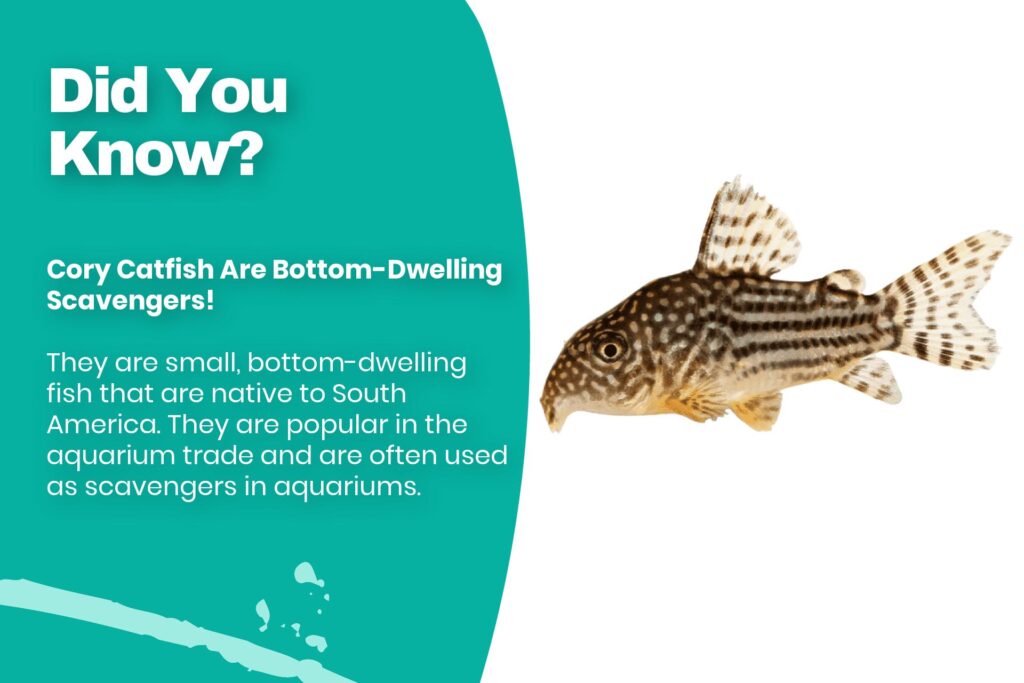
| Family | Callichthyidae |
| Native | South America |
| Behavior | Peaceful, Social, Bottom-dweller |
| Average Length | 2.5 – 10 cm (1 – 4 inches) |
| Minimum Tank Size | 10-Gallon |
| Recommended Tank Temperature | 72 – 90 degrees Fahrenheit |
Cory catfish are a popular type of freshwater aquarium fish. They are small, peaceful, and easy to care for. Corys are a bottom-dwelling fish, and their diet consists mostly of algae and detritus. Cory catfish are native to South America, and their natural habitat is in slow-moving streams and rivers. Corys prefer warm water, and their body temperature can range from 72-79 degrees Fahrenheit. In the wild, corys can grow up to 6 inches long, but in captivity, they typically only grow to be about 4 inches long.
Cory catfish are a popular choice for betta tank mates because they offer a number of advantages. Corys are peaceful and can help to keep the tank clean. They are also bottom-dwellers, so they won’t compete with bettas for food or space. Corys are a hardy species and can tolerate a wide range of water conditions, making them ideal for beginners.
5. Kuhli Loaches
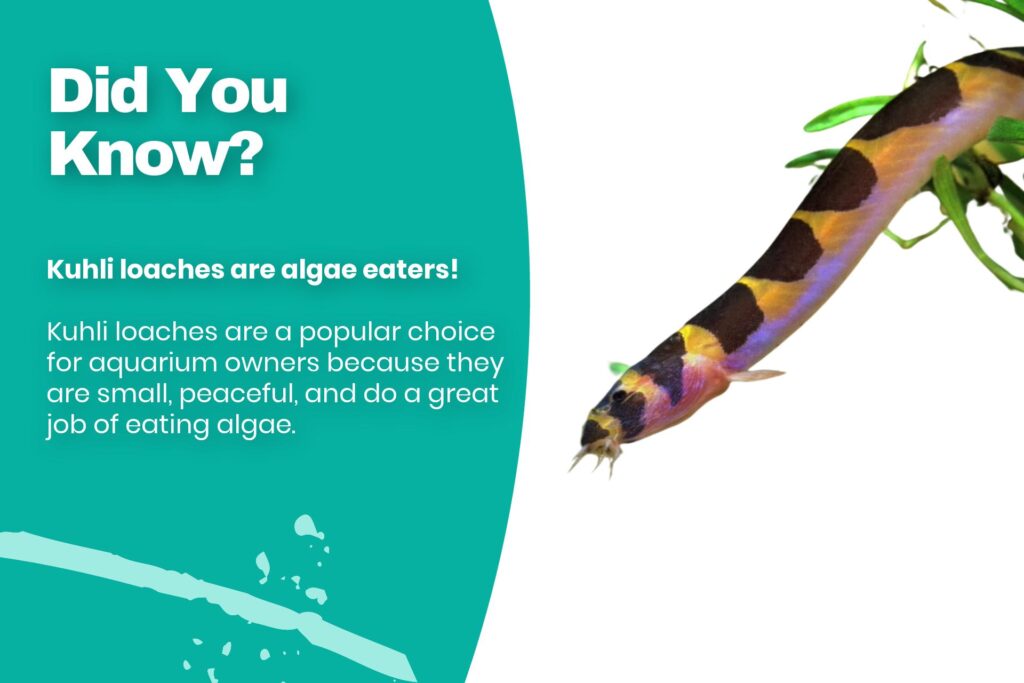
| Family | Cobitidae |
| Native | Southeast Asia |
| Behavior | Peaceful, Bottom-dweller |
| Average Length | 8 – 10 cm (3 – 4 inches) |
| Minimum Tank Size | 20-Gallon |
| Recommended Tank Temperature | 70 – 86 degrees Fahrenheit |
Kuhli loaches are a type of freshwater fish that are native to Southeast Asia. They are a popular aquarium fish due to their unique appearance and peaceful nature. Kuhli loaches have a long, slender body with a brown or black striped pattern. They grow to be about 8-10 cm (3-4 inches) in length and are known to be good cleaners of aquariums. Kuhli loaches are a peaceful community fish that do well in groups. They are active during the day and prefer to hide among plants and rocks. They are not a typical schooling fish, but rather prefer to hide in small groups or pairs. Kuhli loaches are omnivorous and will eat a variety of foods, but prefer live or frozen foods.
Kuhli loaches are a popular choice for betta tank mates because they are peaceful, low-maintenance, and can help keep the tank clean. Kuhli loaches are a bottom-dwelling fish, so they won’t compete with your betta for food or territory. They are also non-aggressive, so you don’t have to worry about them bothering your betta. In fact, many betta fish owners say that their fish seem to enjoy the company of Kuhli loaches. Kuhli loaches are also helpful in keeping the tank clean. They are known for their scavenging habits and will help to keep the substrate clean. This can be a big help if you have a betta fish that is a messy eater.
6. Bristlenose Plecos
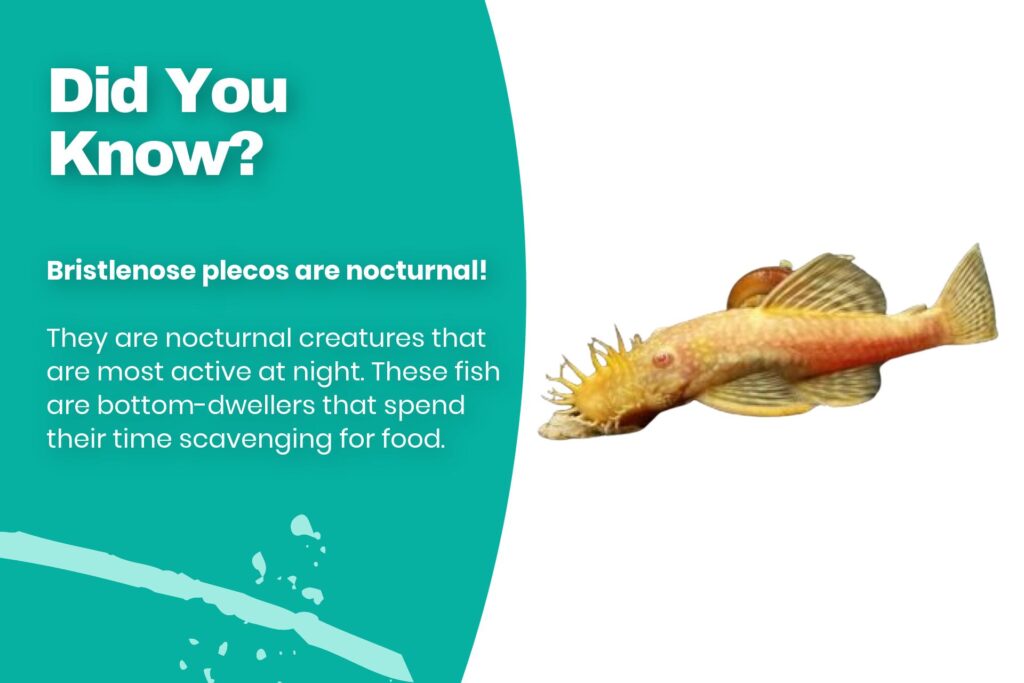
| Family | Loricariidae |
| Native | Sout America |
| Behavior | Peaceful, Bottom-dweller |
| Average Length | 12 – 15 cm (5 – 6 inches) |
| Minimum Tank Size | 20-Gallon |
| Recommended Tank Temperature | 72 – 84 degrees Fahrenheit |
The Bristlenose Pleco (Ancistrus dolichopterus), also known as the Bushynose or Brushnose Pleco, is a popular freshwater aquarium fish. The fish is native to South America and is a member of the Loricariidae family of suckermouth catfishes. The Bristlenose Pleco gets its name from the two long, fleshy skin flaps (known as barbels) that protrude from its nose. These barbels are used by the fish to help it find food. The Bristlenose Pleco is a brown or tan color and has a dark brown or black stripe that runs along its body. The fish can grow to be about 12 – 15 cm (5 – 6 inches) long.
There are several advantages to having a bristlenose pleco as a tank mate for your betta fish. One advantage is that bristlenose plecos are good at keeping the tank clean. They will help to eat any algae that starts to grow in the tank. This is especially helpful if you don’t have a lot of time to clean the tank yourself. Another advantage of bristlenose plecos is that they can help to keep your betta fish healthy. plecos can eat any leftover food that your betta fish doesn’t consume. This helps to keep the water clean and prevents your betta fish from getting sick.
7. Clown Plecos
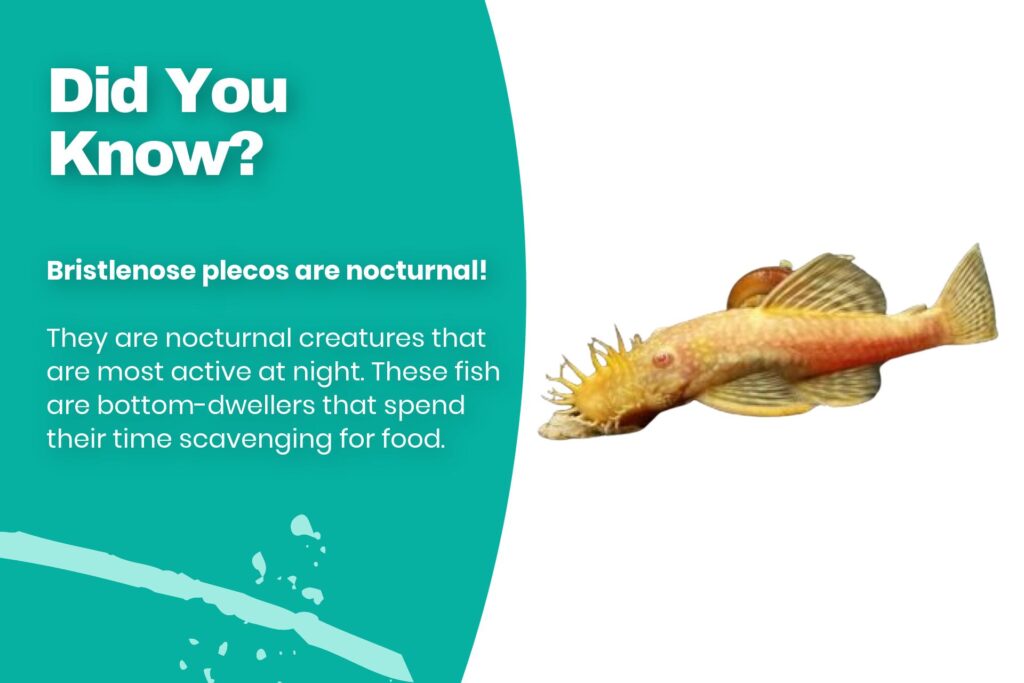
| Family | Loricariidae |
| Native | South America |
| Behavior | Peaceful, Bottom-dweller |
| Average Length | 7.5 – 10 cm (3 – 4 inches) |
| Minimum Tank Size | 15-Gallon |
| Recommended Tank Temperature | 72 – 84 degrees Fahrenheit |
Clown Plecos are a species of freshwater fish that are native to South America. They get their name from their bright colors and patterns, which resemble those of clownfish. Clown Plecos are typically around 10 cm (4 inches) in length, and they can live for up to 10 – 12 years. These fish are omnivorous, meaning they will eat both plants and animals. In the wild, Clown Plecos inhabit rivers and streams. They prefer to live in areas with plenty of hiding places, such as among rocks or in caves.
Clown Plecos are known to be great betta tank mates. They are peaceful and get along well with other fish, making them a great addition to any tank. They are also algae eaters, which means they can help keep your tank clean. Another advantage of Clown Plecos is that they are relatively low maintenance. They do not require a lot of care and can live in a wide range of water conditions. This makes them a great option for beginner fishkeepers.
8. Zebra Snails
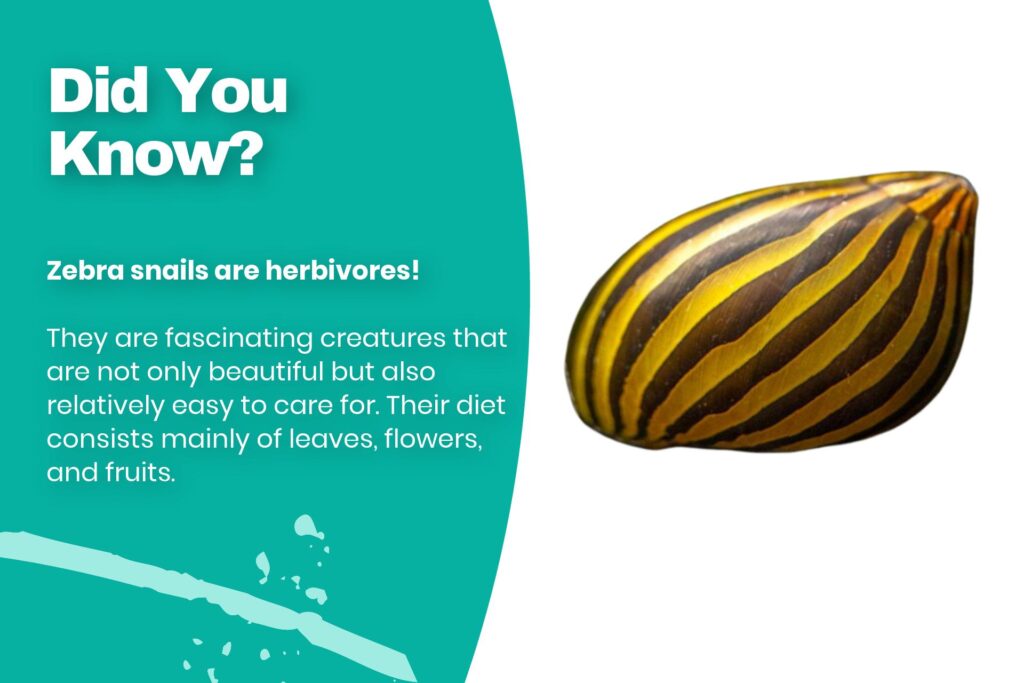
| Family | Neritidae |
| Native | Southeast Asia |
| Behavior | Peaceful, Bottom-dweller |
| Average Length | 2.5 cm (1 inch) |
| Minimum Tank Size | 10-Gallon |
| Recommended Tank Temperature | 70 – 80 degrees Fahrenheit |
Zebra snails are a type of freshwater snail that is native to Southeast Asia. They get their name from their shell, which is striped with brown and white bands. Zebra snails are relatively small, reaching a size of about 2.5 cm (1 inch). They are popular in the aquarium trade and are often used to control algae growth in tanks. Zebra snails are considered to be an invasive species in some parts of the world, and their numbers can quickly get out of control if they are introduced to an ecosystem where they have no natural predators.
If you’re looking for a unique and interesting addition to your betta fish tank, you might want to consider zebra snails. These little creatures are not only visually appealing, but they can also provide a number of benefits to your betta fish. For starters, zebra snails are great algae eaters. If you’ve been struggling to keep your tank clean, these snails can help take care of that problem. They’ll also eat any uneaten food that’s left behind, helping to keep the water quality high.
9. Ghost Shrimp
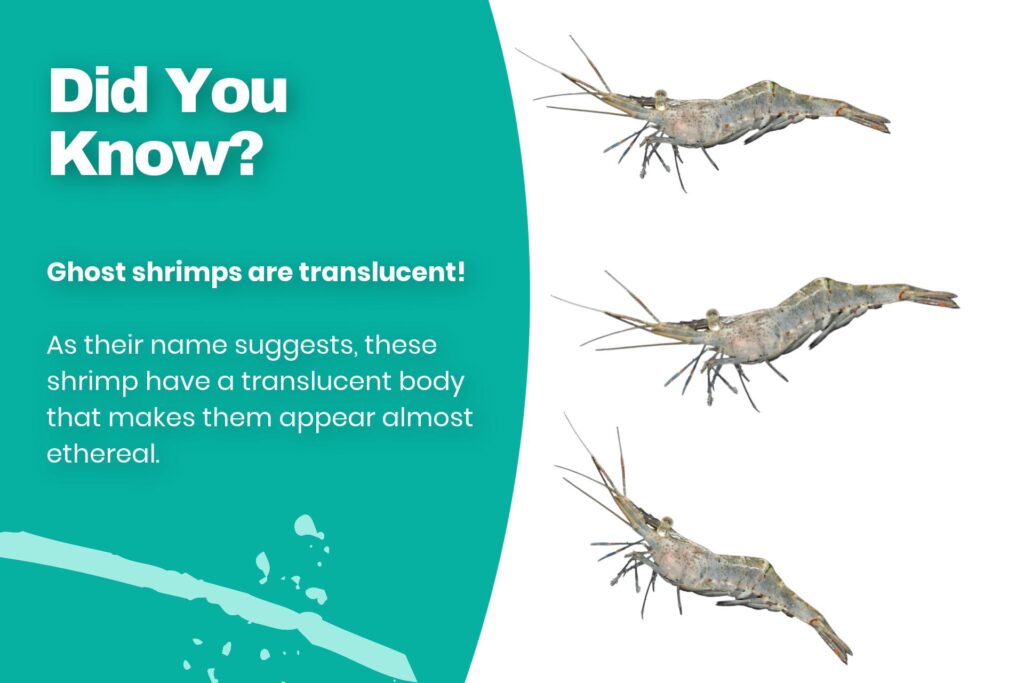
| Family | Palaemonidae |
| Native | North America |
| Behavior | Active, Peaceful |
| Average Length | 2.5 – 4 cm (1 – 1.5 inches) |
| Minimum Tank Size | 5-Gallon |
| Recommended Tank Temperature | 65 – 82 degrees Fahrenheit |
Ghost shrimp are small, clear shrimp that are popular in both fresh and salt water aquariums. They get their name from their translucent bodies and their ability to seemingly disappear in their environments. Ghost shrimp are native to fresh and brackish waters in North America and can grow up to 4 – 5 cm (1.5 – 2 inches) in length. While ghost shrimp are popular for their appearance, they are also known for being hardy and easy to care for. They are a good choice for beginner aquarium enthusiasts or for those who want to add some interest to their tanks without a lot of hassle.
Ghost shrimp are a great option for betta tank mates because they are very peaceful and can help keep the tank clean. Ghost shrimp are also very low-maintenance, so they won’t add to your already busy schedule. And since they are so small, they won’t take up much space in your tank. One of the biggest advantages of ghost shrimp is that they are very cheap. So if you’re on a budget, they are a great option to consider.
Final Thoughts
Many people believe that betta fish are best kept alone, but there are actually many benefits to adding tank mates to betta fish. Tank mates can help keep bettas active and can provide them with important social interaction. In addition, tank mates can help keep bettas healthy by eating algae and other organisms that can build up in the tank.


